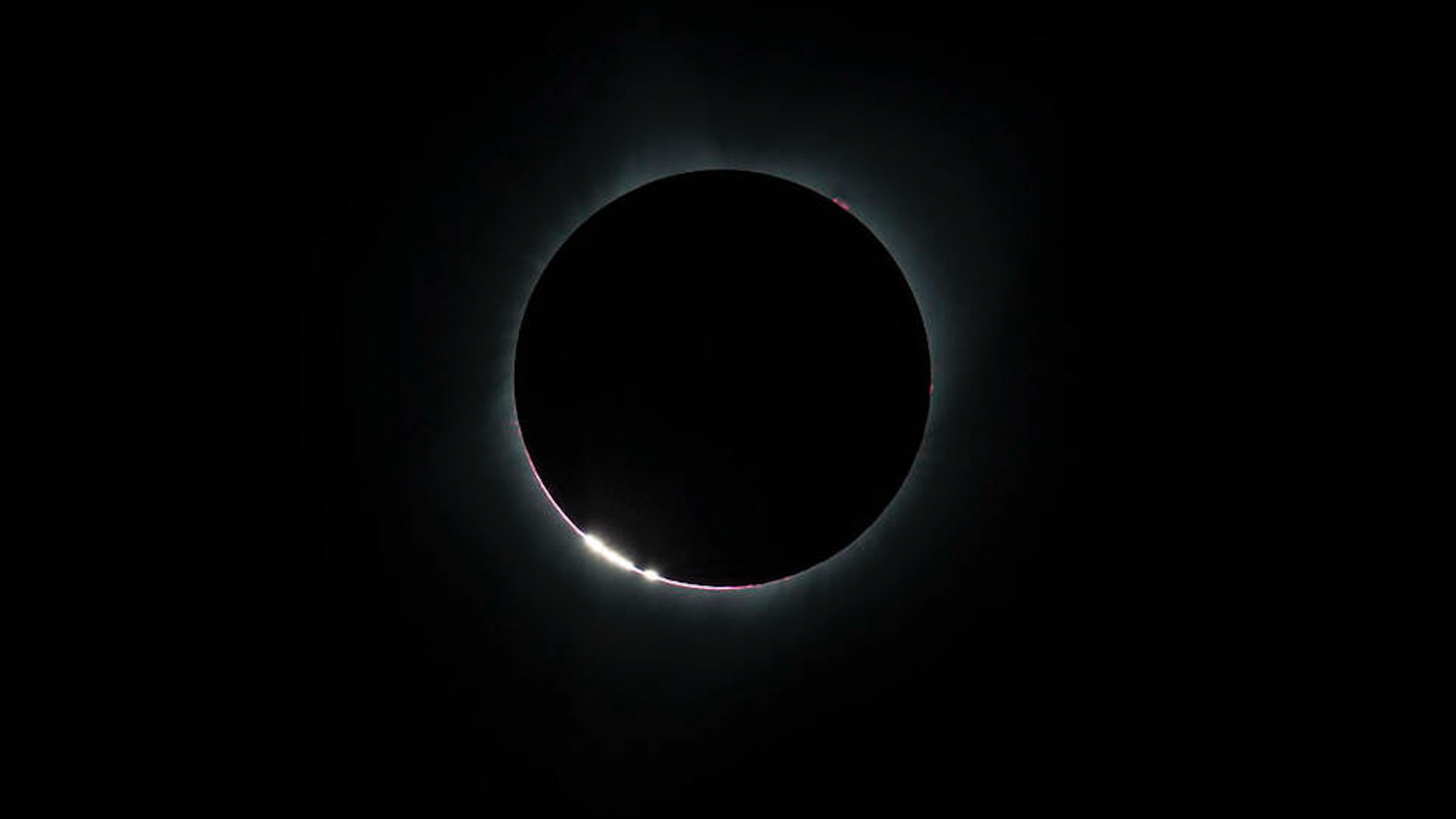NASA seeks citizen scientists to capture April 2024 total solar eclipse
If you're in the path of totality, you can contribute to research about the sun.

Observers who plan to watch the total solar eclipse in April next year can use a new NASA-funded app to record valuable data about the sun, the space agency announced last week.
Using the free app, SunSketcher 2024, citizen scientists can help advance heliophysics research by clicking as many images of the sun just before and after the solar eclipse. Those images will help in recording images of a bright, broken ring of sunlight known as Baily's Beads, which shine through mountains and valleys on the edge of the moon just before and after eclipses.
"There are so many ways to participate in NASA science, especially as we enter the Heliophysics Big Year," space physicist Elizabeth MacDonald, the heliophysics citizen science lead at NASA, said in a statement. "We're so excited to watch these and our many other projects come to life."
Related: Total solar eclipse 2024: Everything you need to know
SunSketcher 2024 is being developed by a team of students and professors at Western Kentucky University (WKU), and is the newest of five projects to receive funding from NASA this year to collect science data from the next total solar eclipse.
"Our goal is to get a bunch of people — millions of people, hopefully — in the path of the eclipse, to use our app and get a few pictures of the sun as the eclipse happens and as the eclipse ends," Starr May, a computer science major at WKU working on SunSketcher 2024, said in a different statement.
The SunSketcher 2024 app is an improvised version of an app used for a similar purpose during a total solar eclipse in August 2017, scientists say. The new app will use GPS coordinates of smartphones to track precisely when the Baily’s Beads phenomenon will begin and end locally across the path of totality, which is where the moon's shadow will fall on Earth during the eclipse.
Breaking space news, the latest updates on rocket launches, skywatching events and more!
This reference article by NASA outlines the time totality begins in 12 U.S. states that are in the path of totality for the April 2024 eclipse: Oklahoma, Arkansas, Missouri, Illinois, Kentucky, Indiana, Ohio, Pennsylvania, New York, Vermont, New Hampshire, and Maine.
Pictures from all observations will ultimately be combined into an hour-long "megamovie" to better understand the sun's shape by using the moon as a reference. Specifically, the observations will reveal how much the sun deviates from being a perfect sphere, scientists say.
"This information will lead to an improved understanding of the flows in the solar interior, and is also key to testing gravitational theories," NASA representatives wrote in last week's statement.
Other citizen science projects being funded by the space agency include an experiment to study the structure of the solar wind and the corona, which is the outermost part of the sun's atmosphere and has long puzzled scientists by being at least a thousand times hotter than the surface of the sun.
NASA has also planned a second megamovie to record the thin layer underneath the corona known as the chromosphere. The megamovie will be the end result of an image processing competition for volunteer photographers and data analysts, with a goal to unveil jets of plasma in images captured during the 2024 eclipse.
The sun is steadily growing more active as it nears its predicted peak in activity in 2025, so the eclipse in April next year will likely capture more activity on the sun compared to the 2017 total solar eclipse.

Sharmila Kuthunur is an independent space journalist based in Bengaluru, India. Her work has also appeared in Scientific American, Science, Astronomy and Live Science, among other publications. She holds a master's degree in journalism from Northeastern University in Boston.
